Full Automatic Constant Pressure Variable Frequency Water Supply Equipment is a new generation of hi...
See DetailsHigh-Rise Building Water Supply Pumps: Ensuring Reliable Water Delivery in Urban Skylines
Industry News-As urbanization accelerates worldwide, the construction of high-rise buildings continues to transform city skylines. With this vertical growth comes a unique set of engineering challenges—notably, the reliable and efficient supply of water to upper floors. Enter the High-Rise Building Water Supply Pump, a specialized solution designed to meet the demands of modern tall structures by ensuring consistent water pressure and flow from ground level to rooftop.
The Critical Role of High-Rise Water Supply Pumps
Unlike standard building water pumps, high-rise water supply pumps must overcome the significant gravitational challenges posed by great heights. Water pressure naturally decreases as elevation rises, and without proper pumping solutions, occupants in upper floors could face low water pressure or even no water flow.
High-rise water supply pumps are engineered to maintain stable pressure and flow rates regardless of the floor level, supporting everything from potable water delivery to fire safety systems and HVAC operation. These pumps are an integral part of vertical water distribution networks in residential towers, commercial skyscrapers, hotels, and mixed-use developments.
Core Features That Differentiate High-Rise Pumps
High Pressure Generation: Designed to handle the vertical lift required, these pumps generate high pressure to push water to the topfloors effectively.
Multi-Stage Designs: Many high-rise pumps utilize multistage centrifugal configurations that combine multiple impellers to boost pressure incrementally, optimizing energy consumption.
Pressure Control Systems: Integrated pressure sensors and controllers automatically adjust pump speed to maintain consistent pressure despite fluctuations in demand.
Quiet and Vibration-Reduced Operation: Urban buildings require pumps that operate quietly to avoid disturbing residents or tenants, to designs that minimize noise and vibration.

Space-Efficient Footprints: Space is in high-rise mechanical rooms; therefore, these pumps are engineered to fit compactly while providing output.
Technological Advances Elevating Performance
Recent years have seen technological developments improving the effectiveness and sustainability of high-rise water supply pumps:
Variable Frequency Drives (VFDs): VFDs adjust pump speed dynamically, matching water supply to demand, reducing energy consumption and wear.
Smart Monitoring: IoT-enabled systems provide real-time data on flow rates, pressure, and pump health, allowing building operators to conduct predictive maintenance and avoid downtime.
Energy Recovery Systems: Some advanced setups integrate energy recovery technologies that recapture kinetic energy during pressure reduction, further enhancing overall efficiency.
Corrosion-Resistant Materials: Pumps constructed from stainless steel or other corrosion-resistant alloys withstand the wear caused by municipal water chemistry and prolong service life.
Expanding Applications Beyond Residential Towers
While the obvious application is in residential high-rises, these pumps are increasingly critical in various other vertical structures:
Commercial Skyscrapers: Office buildings require steady water supply for restrooms, kitchens, and cooling towers.
Hospitals and Healthcare Facilities: Reliable water pressure is essential for hygiene, sanitation, and emergency systems.
Hotels and Hospitality: Guest comfort and fire safety systems depend heavily on stable water distribution.
Mixed-Use Complexes: Combined residential, retail, and office spaces have complex, varied water demands managed by flexible pumping solutions.
Case Studies Showcasing Success
Urban Residential Complex Upgrade: A large metropolitan housing project replaced aging water pumps with high-efficiency, VFD-controlled high-rise pumps, reducing electricity costs by 20% and improving water pressure uniformity throughout the building.
Commercial Office Tower Retrofit: An office skyscraper installed a modular high-rise pump system that allowed staged pressure delivery based on floor zone demand, resulting in quieter operation and enhanced tenant satisfaction.
Hospital Water System Overhaul: A healthcare facility incorporated smart pump monitoring, enabling early detection of mechanical issues, which minimized downtime and ensured uninterrupted water supply crucial for patient care.


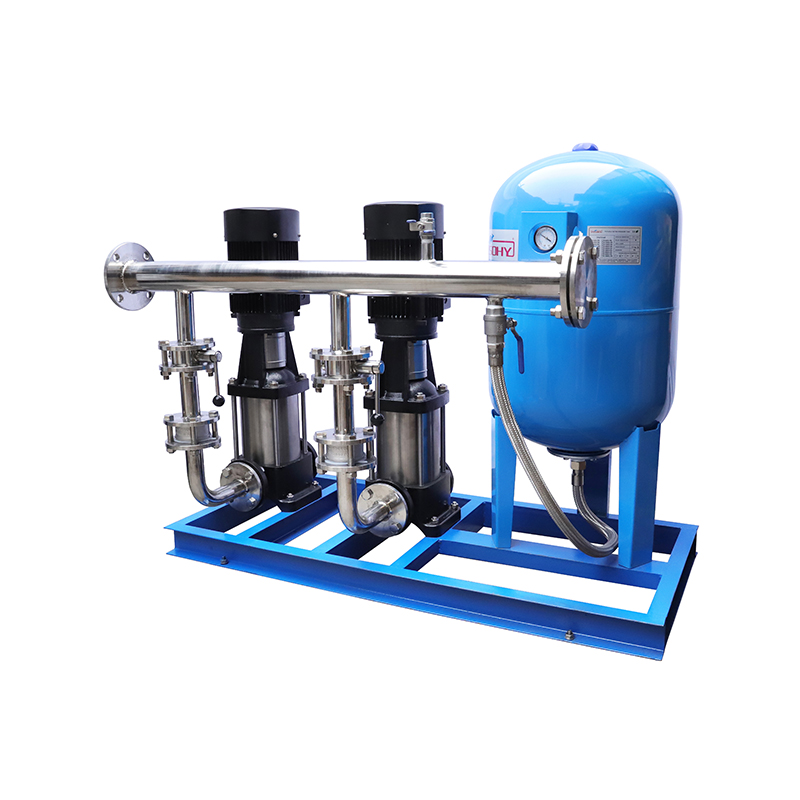
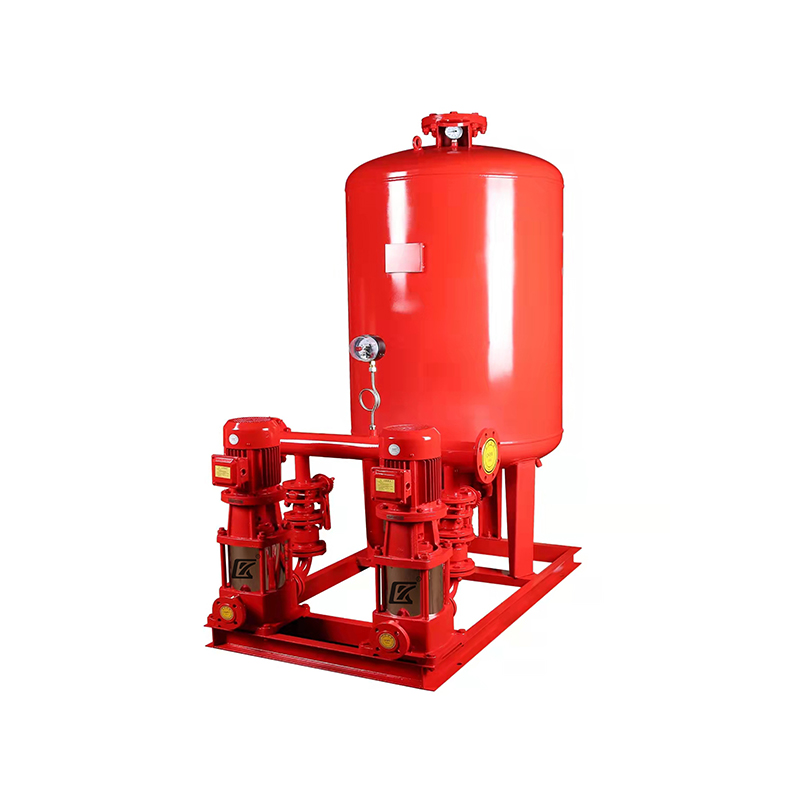
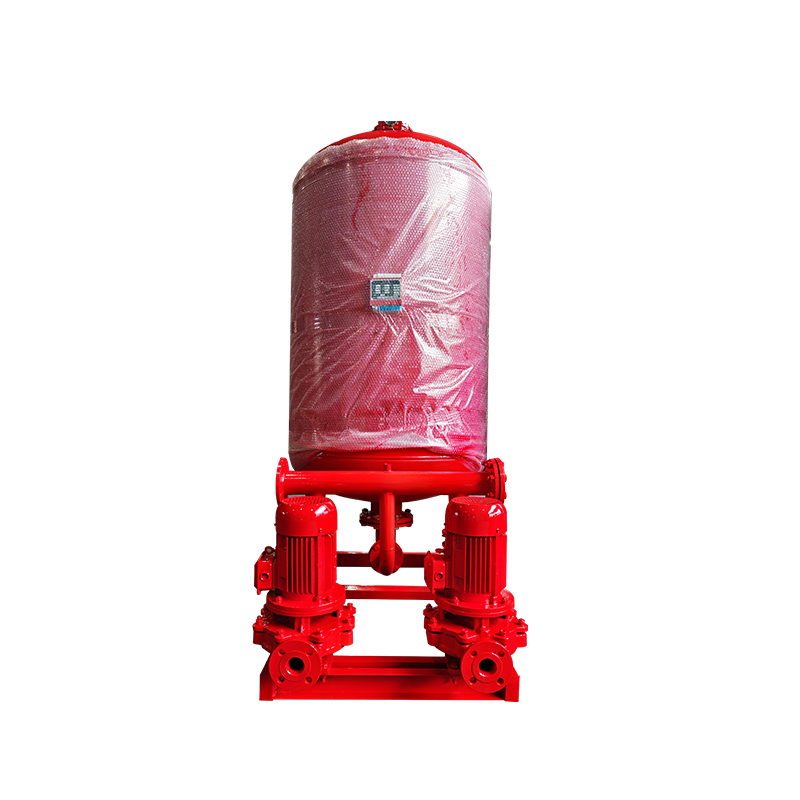

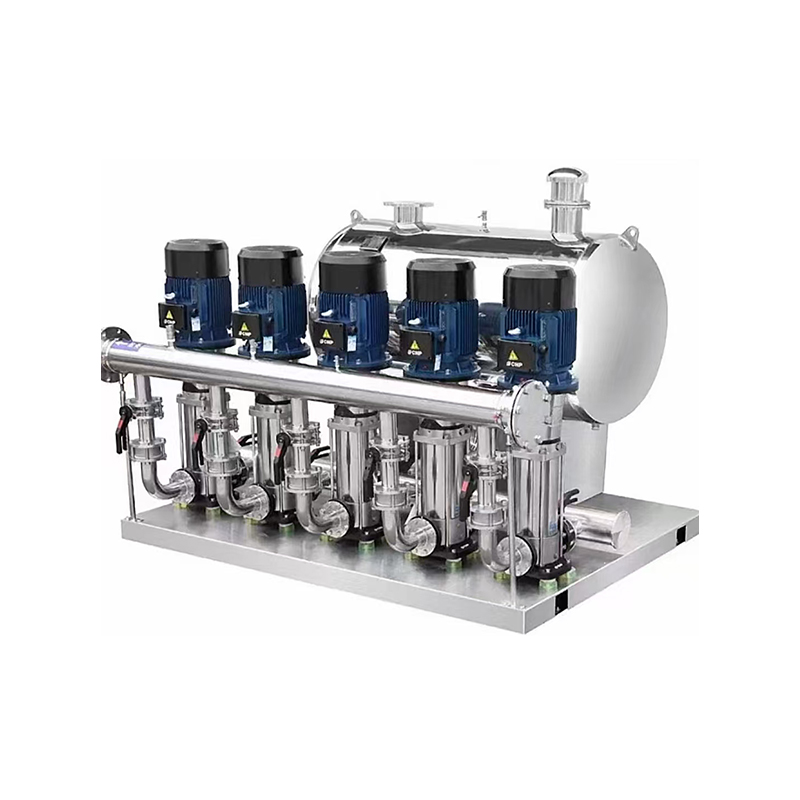
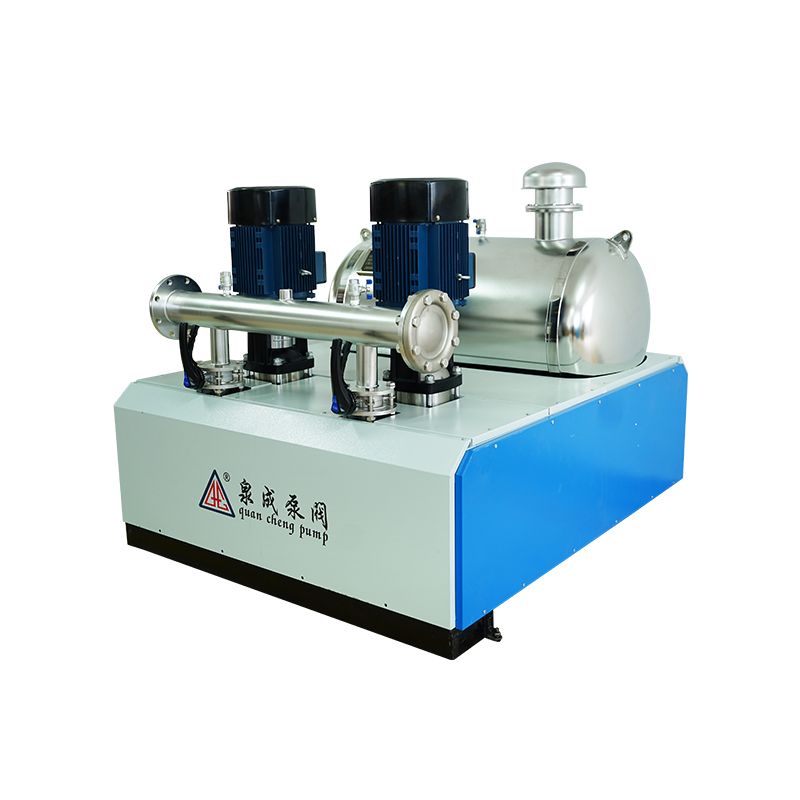
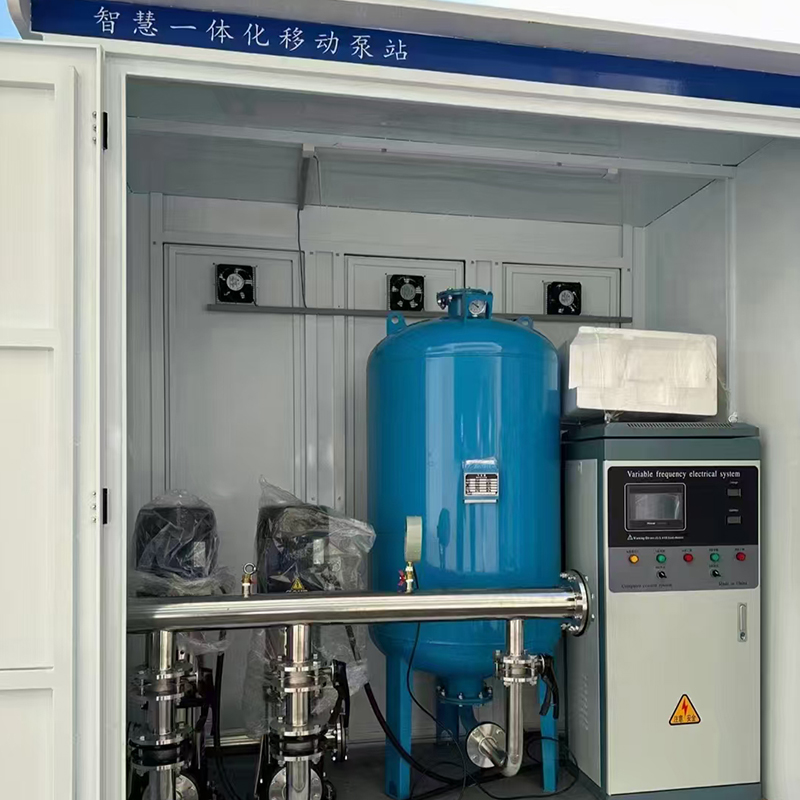

 浙公网安备33032402001888号
浙公网安备33032402001888号
